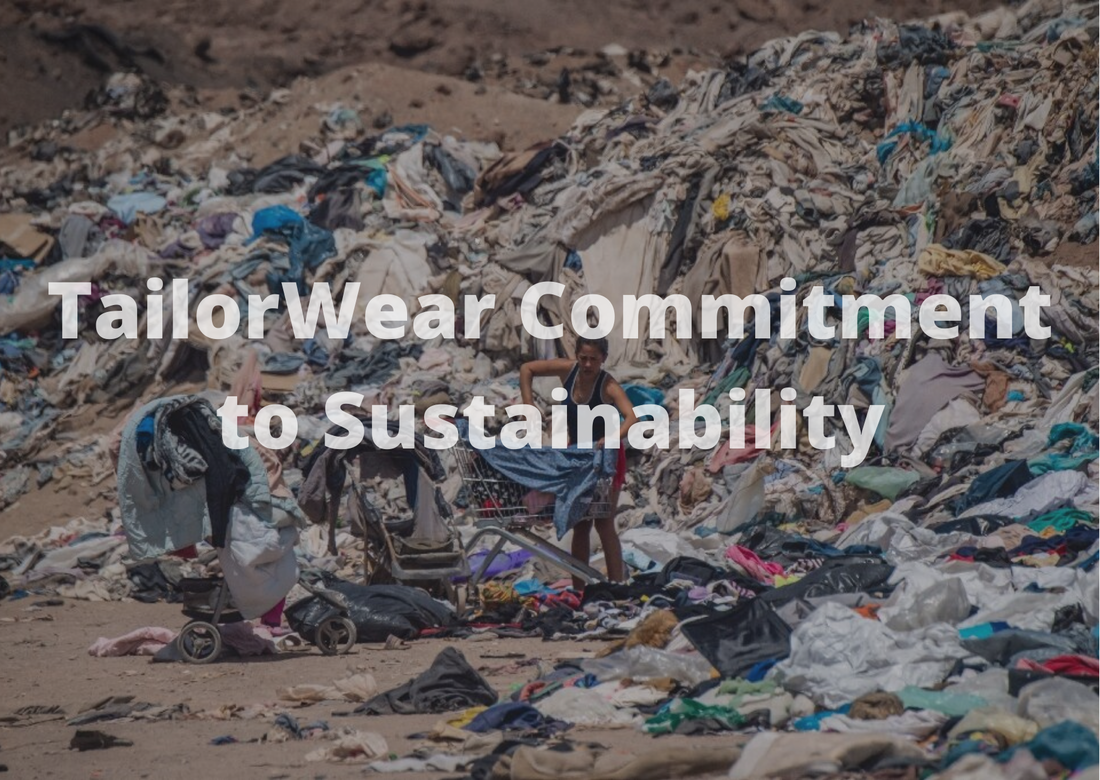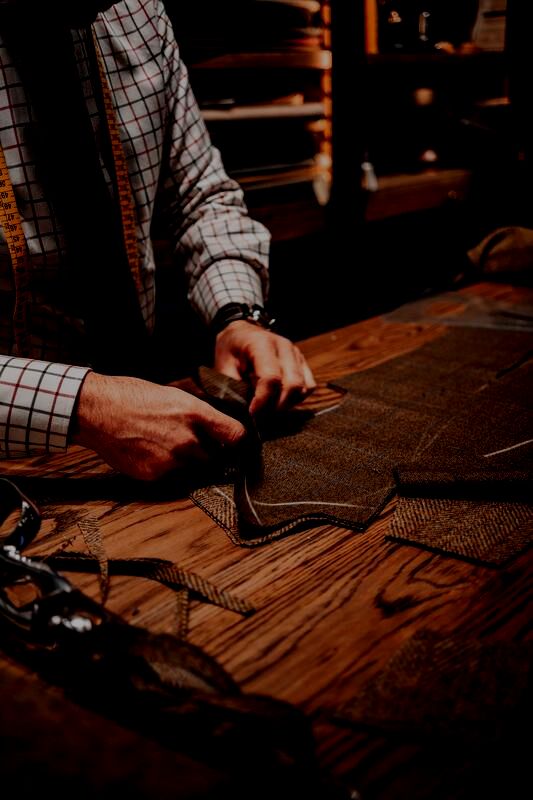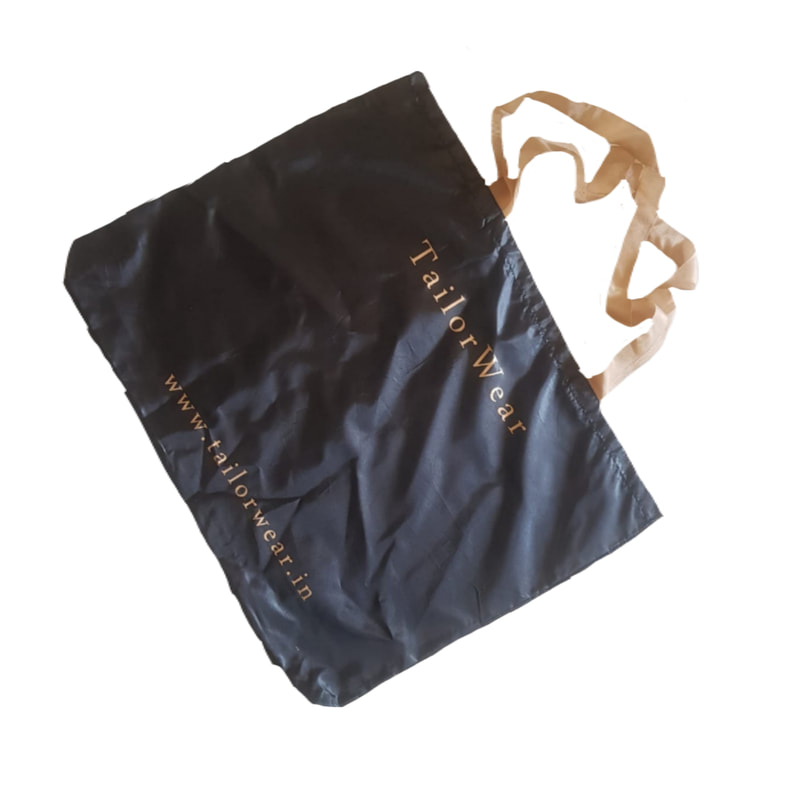tailor with a commitment to environment and ecology
picture courtesy: https://phys.org/news/2021-11-chile-dumping-ground-fast-fashion.html
Do you know?
It takes around 3781 liters of water to make a pair of jeans and bring it to the store.
Around 20% of wastewater comes from fabric dyeing & treatment
Of the total fiber input used for clothing, 87 % is incinerated or disposed of in a landfill.
Less than 1 % of used clothing is recycled into new garments.
By 2030, the fashion industry would have generated a total fashion waste of 148 million tons, mostly from unsold merchandise.
The environment is a gift from our earlier generation which we need to take care of for our future generations. It is our shared responsibility.
We, at TailorWear, are passionately committed to being part of the solution rather than being a net contributor to the environmental catastrophe that is staring at us.
Around 20% of wastewater comes from fabric dyeing & treatment
Of the total fiber input used for clothing, 87 % is incinerated or disposed of in a landfill.
Less than 1 % of used clothing is recycled into new garments.
By 2030, the fashion industry would have generated a total fashion waste of 148 million tons, mostly from unsold merchandise.
The environment is a gift from our earlier generation which we need to take care of for our future generations. It is our shared responsibility.
We, at TailorWear, are passionately committed to being part of the solution rather than being a net contributor to the environmental catastrophe that is staring at us.
How are we an environmentally responsible business?
Globally, 30% of the apparel inventory goes unsold every season (six months). In India, the average is even higher because of the maturity of the apparel industry (forecasting, logistics, etc.).
It only means brands produce in excess and then dump the unsold goods either in the landfills or burn them.
It only means brands produce in excess and then dump the unsold goods either in the landfills or burn them.
Our Business Process
|
Since we are a Made-To-Order company, we, at a very fundamental level, avoid future forecasting and overproduction.
We also order 90% of our stock on a JIT (Just In Time) basis, thereby maintaining the unclogged supply lines. It increases our cost, and since we cannot charge more than the market prices, it also impacts our margins, but this is our commitment to our ecology. Logitivity Fast fashion is based on a model of keeping the product quality low by using cheap fabric and maintaining a low number of washes the designs, prints, and colors can withstand. We endeavor to give you products that have a much longer wardrobe life. Since they are made to fit you better and use high-quality clothing material, they retain the strength and the size pattern, plus the colors and textures for a far longer number of washes. It means that our garments are used more often, have more wardrobe life and take more time than fast fashion garments to become waste. Leftover textile scrap We are conscious that even when we cut cloth to make individual pieces, we generate some fabric waste. Currently, we employ the following two techniques to minimize that. 1: We retain the large leftover pieces and catalog them to create designs and use them wherever applicable. 2: We give the remaining scrap for repurposed production like insulation, blankets, cleaning cloth, etc. |
Our Packaging & Stationary
|
Every fashion brand uses carry bags to communicate and enhance its brand image. Since plastic offers a lot of possibilities of color and texture renditions, most brands had been using plastic unless the government of their respective states banned it or put restrictions. Then most brands shifted to using paper material, which comes from cutting trees.
We have been using reusable bags from the day of our inception. We spent a lot of time and thinking in designing our carry bags so that our customers can use them for multipurpose. Our shirts and trousers bags have extra strength and stretch to carry groceries and books. The bag handles are longer than usual and can be used as a tote bag. The bag can be folded to a size that can go into any average man's trousers pocket without making it look stuffy. They look very stylish in black and gold. Our suit bags have extra pockets with zippers to carry a shirt or a trouser in them. We have completely switched to emails for billing and order follow-up-related communication. Unless the customer asks for it, we stick to soft copies. Our goal is to eliminate paper usage in any backend or front-end process. |
Ready to learn & share
|
Preserving mother nature is a very important responsibility that anything we do is insufficient. There is always a scope for more.
So if you too are passionate about this cause and have some ideas to help us push the envelope, we will be happy to listen, collaborate and share. We are preparing a sustainability scorecard to help us move on our committed path in a quantifiable and focused manner. Any input on this endeavor is also welcome. |





